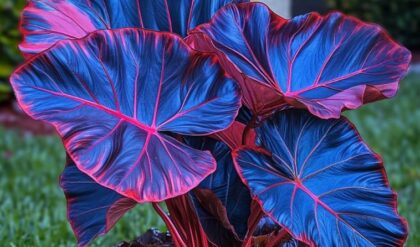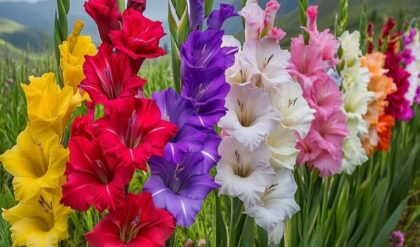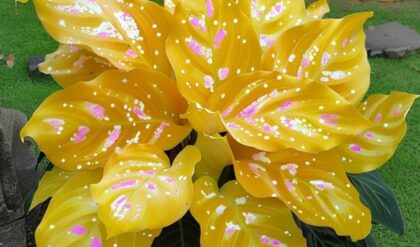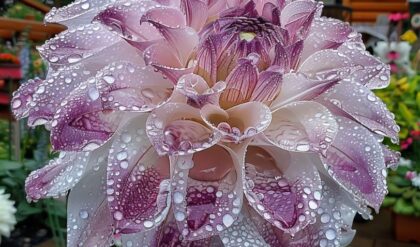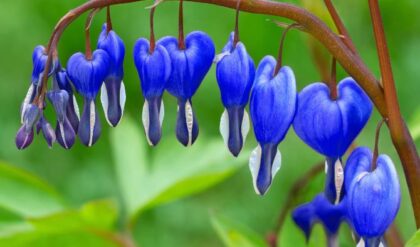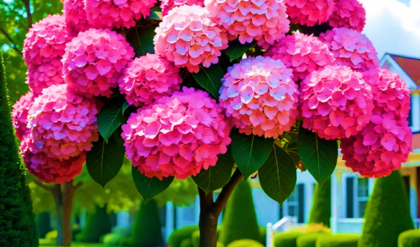The hydrangea, with its abundant blooms in an array of colors from soft pastels to vibrant hues, is much more than just a visual spectacle; it encapsulates the essence of nature’s elegance and adaptability. Each cluster of flowers resembles pom-poms crafted by nature herself, drawing not just attention but admiration. Known for their lush, expansive blooms, hydrangeas enchant gardeners and flower lovers alike with the sheer variety they offer—from the delicate lacecap flowers that whisper tales of gentle breezes to the bold mophead varieties that command presence. Exploring the growing and caring of these extraordinary plants unveils a journey rich with botanical wisdom and practical insight, making it perfect for novices and seasoned enthusiasts who seek to cultivate them in their own gardens . This body of knowledge transcends mere cultivation tips; it informs one’s understanding of environmental conditions and soil composition—principles vital for nurturing any plant life.
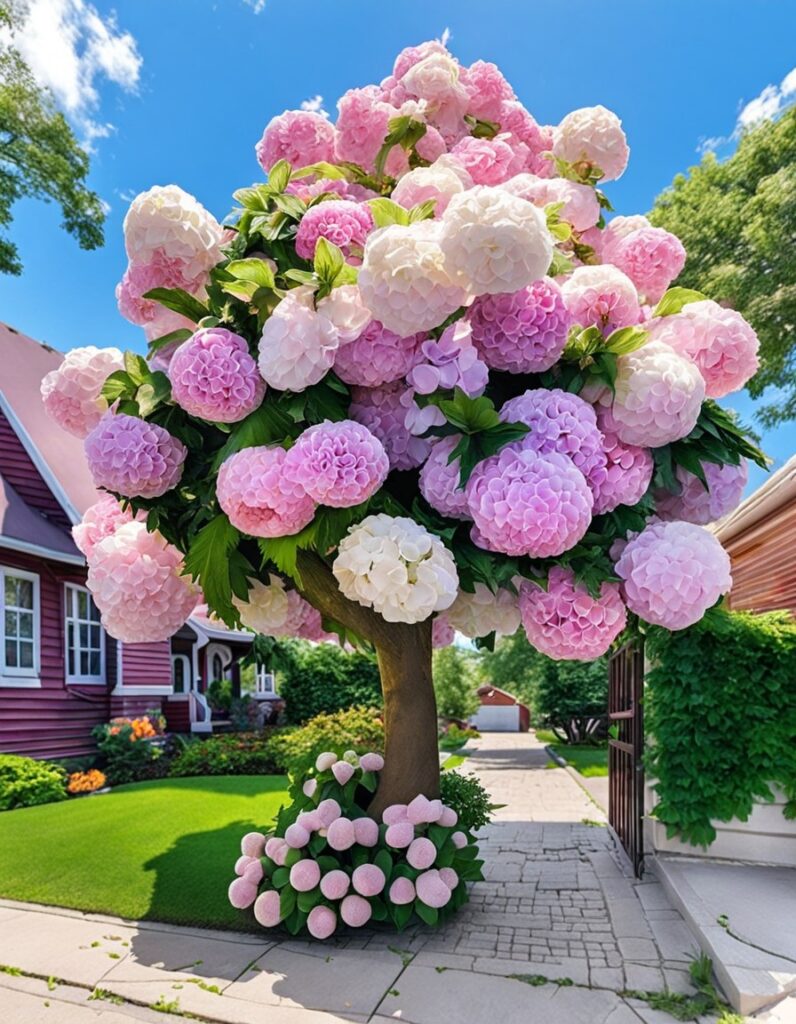
The Allure of Diversity
A Palette of Colors and Forms
One fascinating aspect of hydrangeas lies in their color-changing ability, influenced by soil pH. For instance, blue hydrangeas flourish in acidic soils, while alkaline conditions tend to turn them pink. This characteristic acts as a metaphor for adaptability—much like humans, who shift hues depending on their circumstances. The layers of meaning embedded in their colors further extend to cultural implications: blue hydrangeas symbolize understanding and heartfelt emotions, while pink ones are often associated with gratitude and grace. These emotional subtexts allow enthusiasts to forge deeper connections with their plants, turning routine gardening into a reflective practice .
Varieties and Choosing the Right One
Selecting the right species plays a pivotal role in the enchanting encounter with hydrangeas. Whether it’s the well-known Hydrangea macrophylla or the hardy Paniculata, each variety offers unique strengths and challenges. Novice gardeners, for example, may find solace in reliable species known for easy maintenance, while seasoned enthusiasts might revel in experimenting with exotic hybrids. This selection process mirrors human diversity—distinguishing preferences and backgrounds enriches the tapestry of gardening, providing endless opportunities for exploration and creativity .
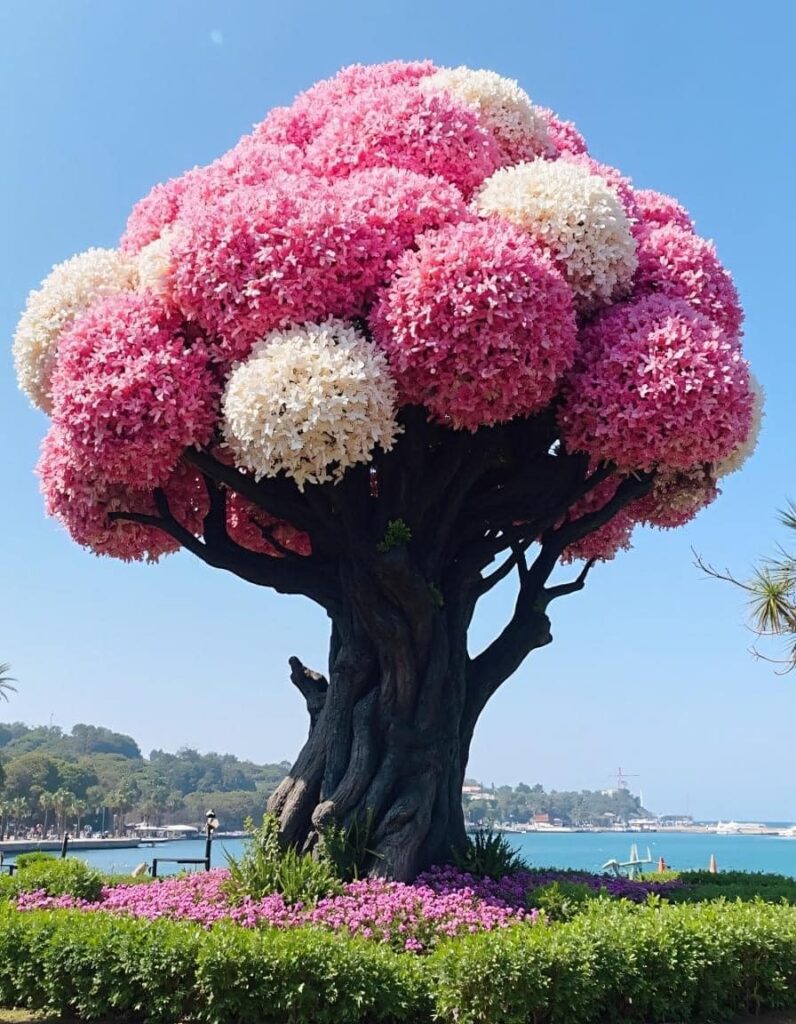
Practical Care Insights
Soil and Sunlight: The Fundamentals
Understanding how to care for hydrangeas begins with two fundamental elements: soil quality and sunlight exposure. Well-drained, loamy soil, planted in sunny yet sheltered locations, fosters strong growth. Individuals embarking on this journey should engage in practices such as performing soil tests to ensure optimal pH levels and nutrient balance, akin to preparing a gourmet meal where every ingredient counts . Engaging with these foundational principles deepens appreciation—for both the plants and the intricate ecosystems they inhabit.
Maintenance Strategies: Pruning and Beyond
The Art of Pruning
Pruning is perhaps one of the most significant aspects of maintaining healthy hydrangeas. However, the act carries metaphorical weight; it’s about more than just cutting branches. It’s a ritual of rejuvenation and a means of directing energy towards burgeoning growth. By removing dead or damaged stems, gardeners can enhance not only the aesthetics but also the vitality of the plant. Engaging in this practice can evoke feelings of empowerment, as it embodies the ability to influence and shape one’s environment, leading to strikingly beautiful blooms that reward this thoughtful engagement .
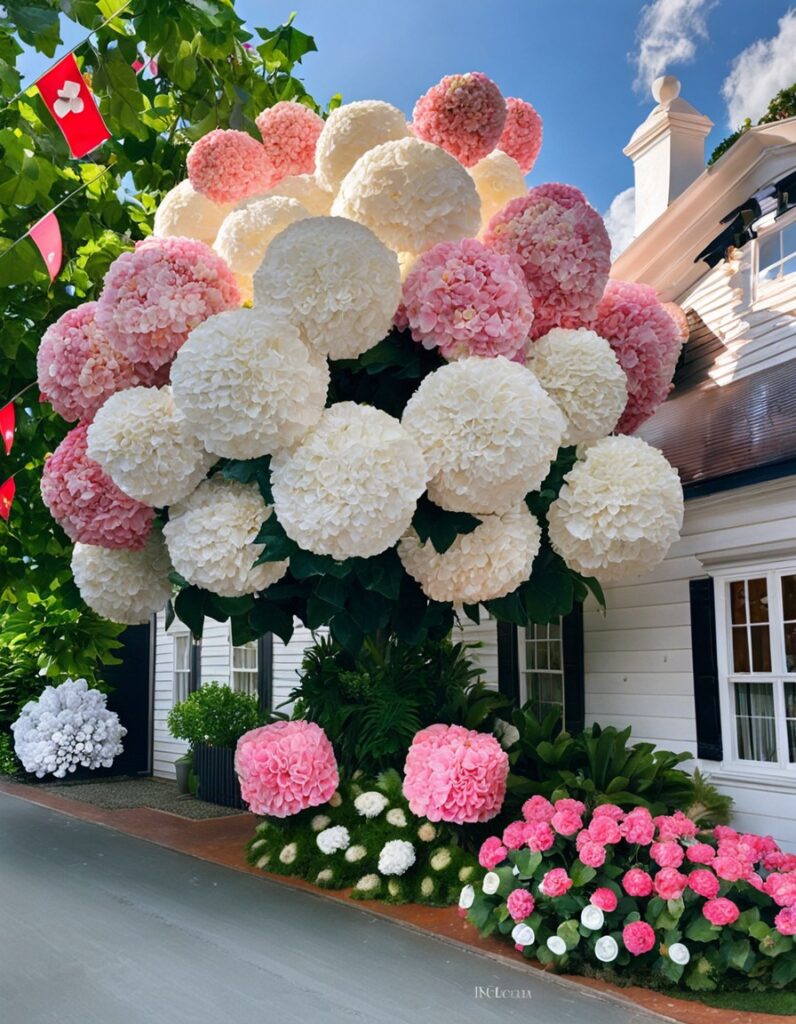
Environmental and Botanical Connections
Hydrangeas in Nature and Culture
Beyond gardening, hydrangeas serve a broader significance. Their presence in various ecosystems highlights their importance in fostering biodiversity. Native to regions spanning Asia to the Americas, these plants create habitats for numerous pollinators. Understanding their ecological roles adds another layer to the relationship between gardener and plant—the realized duty to protect and cherish the intricate web of life that hydrangeas are part of. Furthermore, their historical uses in traditional medicine reveal a narrative where flora intersects with human health and well-being, illustrating the intertwined fates of plants and people throughout time .
In essence, engaging with hydrangeas is a multifaceted experience filled with emotional resonance, environmental awareness, and practical wisdom. It’s a reminder that even in the simple act of nurturing a plant, there lies an opportunity to explore deeper meanings and connections within the world around us.
